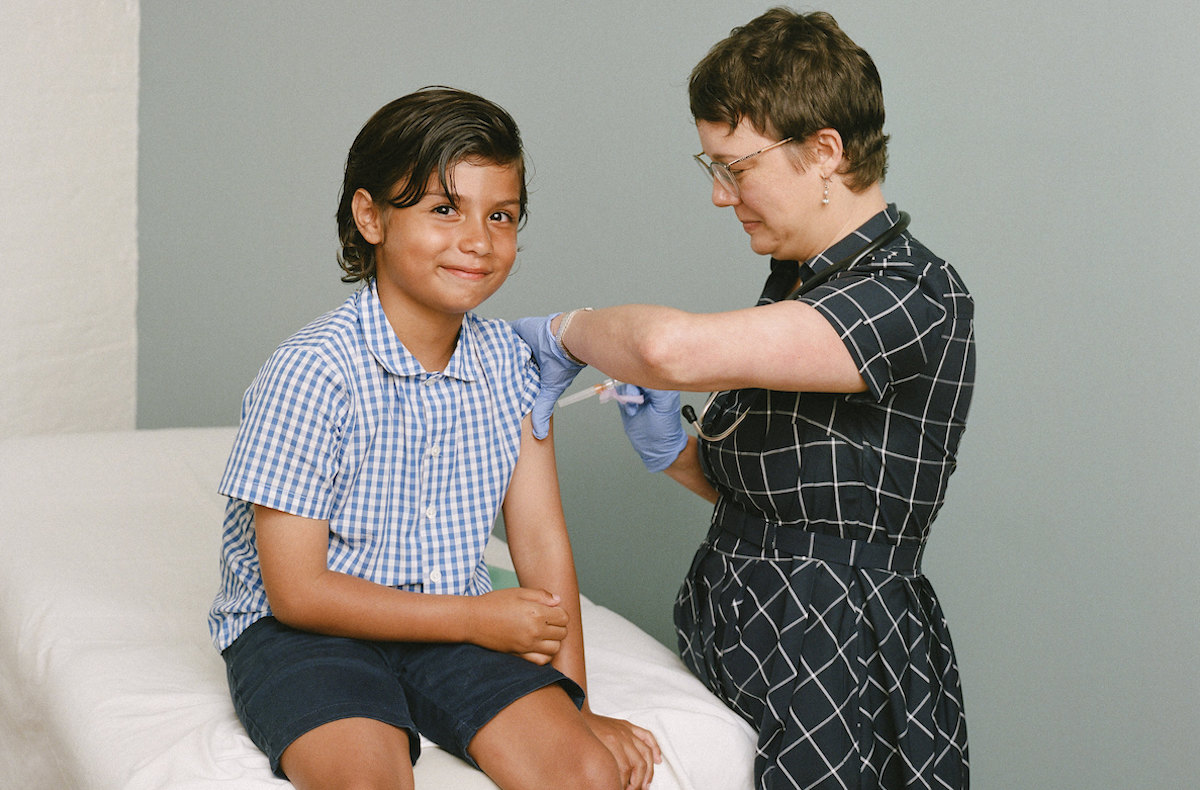This article appeared in WWMT. Read more here.
The importance of social distancing continues to be emphasized by health leaders across the country as states reopen their economies during the COVID-19 pandemic.
The effort has helped cities and states in “flattening the curve” of COVID-19 cases, allowing for the reopening. But as people become more mobile and return to work, there is concern of what lies ahead should people fail to maintain social distancing practices.
A consequence of flattening the curve is more people remain susceptible to the virus, meaning it can keep smoldering and cause flare-ups. “That’s what we anticipate,” says Dr. William Schaffner, professor of the Division of Infectious Diseases at Vanderbilt University Medical Center.
Dr. Schaffner says there will be flare-ups if social distancing is not maintained and those who might believe in the idea of herd immunity in the absence of a vaccine may not be considering the toll it would take.
“It’s not a bad plan if the virus didn’t do any damage,” Dr. Schaffner says. “Unfortunately the virus makes people sick enough to not be able to go to work, to go to the hospital, and in some cases even die. When we get a vaccine, then we will achieve herd immunity because the virus won’t find anyone else to infect. This is not a short run sprint, it’s a marathon.”
Dr. Schaffner says the social distancing measures are all the more important as we look towards the winter months to prevent a potentially “huge” burden on the healthcare community. This is because between flu season and COVID-19, there will be excess illnesses and deaths. “We in the infectious disease community expect a double-barreled situation,” Dr. Schaffner says. “We expect in the winter it will pick up steam and be transmitted alongside the flu.”
That is why he adds it is all the more important this year to make sure people get their flu vaccines, to avoid the burden on healthcare workers and help cope with the continued cases of COVID-19. Dr. Schaffner clarifies the two viruses are different. They are both respiratory illnesses but “very different.”
“The two have nothing to do with each other,” Dr. Schaffner says. “Its like Ford and Chevy, they’re both cars but they are quite independent of one another.” According to the CDC, there have been fewer childhood vaccines this year during the COVID-19 pandemic.
“We’ve been doing a lot of telemedicine and obviously you can’t vaccinate over the internet,” Dr. Schaffner says. “As we open, we need people to get back on the vaccine track. We will actually need many more people to get flu shots this year given the situation.”
It is not just the potential strain on the healthcare system, it is the potential strain on the people who are infected with the viruses. Given the two are different, it is possible to contract them and we don’t yet know the lasting effects of COVID-19.
“Having two serious viral infections inn the same season would be hard on the body,” Dr. Schaffner says. “It could take you a long time to recover even if you are healthy and young.”

